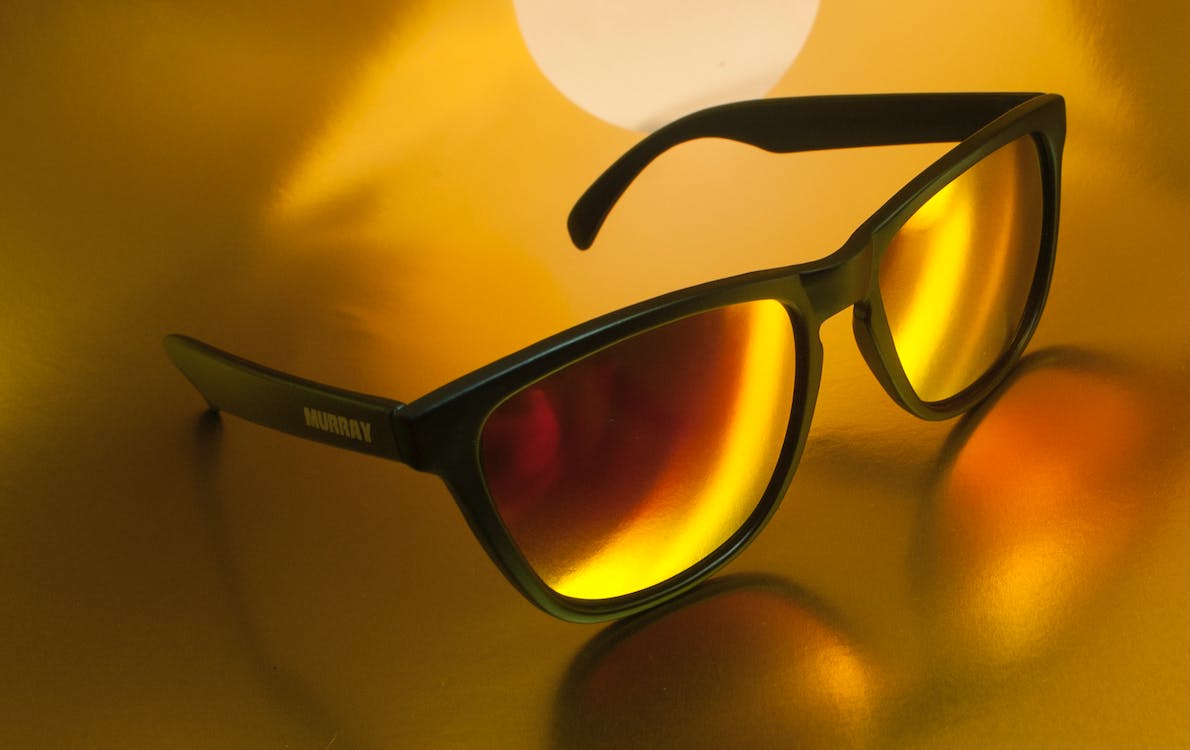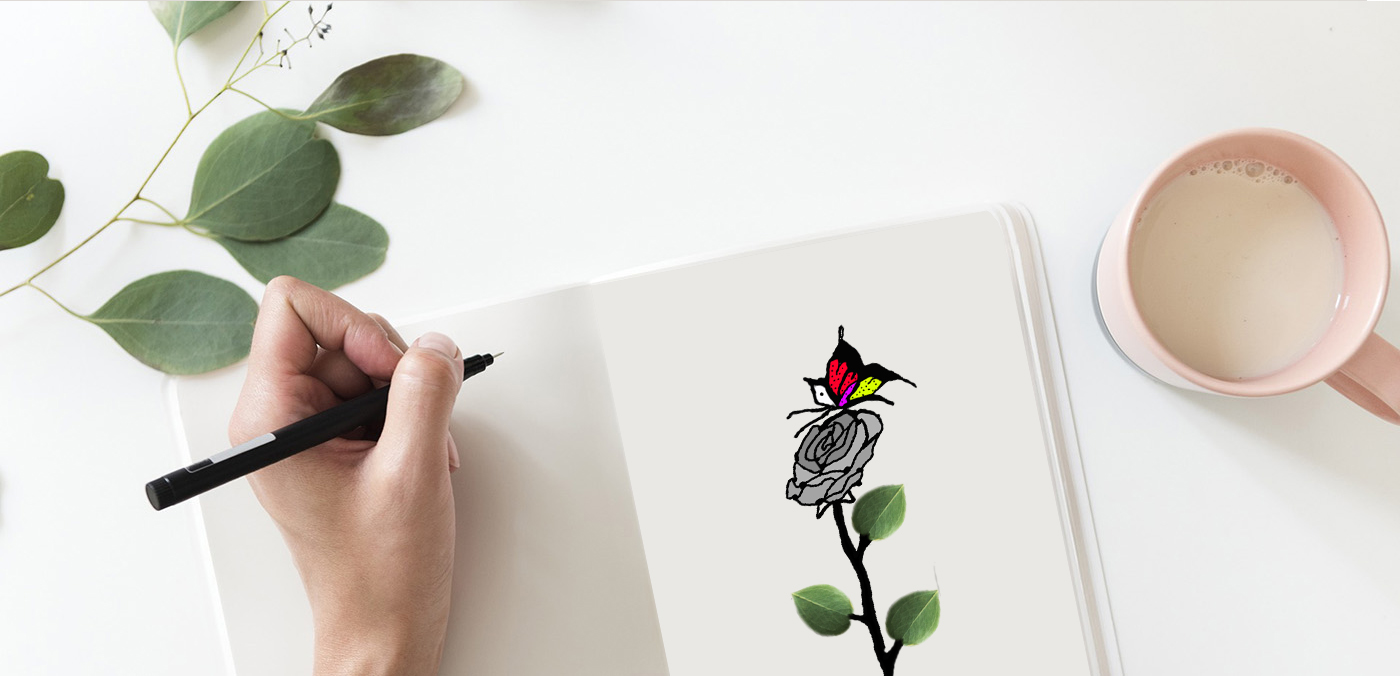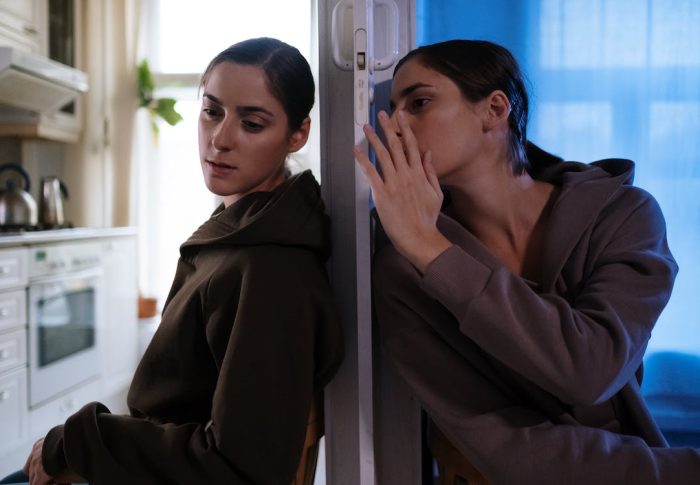
Shades for migraine campaign to raise awareness
1 in 7 people live with migraine. Watch this video for more information on the Shade for Migraine campaign.
Despite what a lot of people think, a migraine isn’t “a really bad headache”; they are a specific type of headache that require specialist diagnosis and management.
Trying to find a way to balance having an actual life with trying to fight through migraine attacks multiple days a week has been exhausting.
Jo Beckwith – Spokesperson for Shade for Migraine campaign
Jo Beckwith (YouTuber) also said living with migraine is “exponentially more challenging” than going through limb amputation!
Diagnosis of chronic migraine disorder involves keeping a diary of triggers, all symptoms associated with the migraine and any management techniques used. This ensures that an accurate diagnosis is made ad suitable management can be tried. Confusion with tension headaches and cluster headaches is common as these types of headache can be incredibly painful and debilitating. It’s important to make the distinction as different management is needed for different headache types.
Triggers
Can include:

- stress
- depression or anxiety
- hormonal changes
- lack of sleep
- hunger
- alcohol consumption
- caffeine
Symptoms
There are different types of migraine. A classical migraine involves pain on one side of the head of a throbbing nature. The pain can occur with or without aura, an aura is the sensory disturbance that occurs before (and/or) during the migraine attack. Visual aura symptoms include:

- flashing lights
- zig-zagging lines
- blurred vision
- blind spots that expand over time
Other auras symptoms can include:
- slurred or jumbled speech
- difficulty understanding what others say
- difficulty writing words or sentences
- having trouble thinking clearly
Symptoms during the migraine attack can include:
- numbness and tingling in face and/or arms
- mood changes
- stiffness of the neck
- frequent yawning
- fatigue
- food cravings
- brain fog
- constipation or diarrhoea
- sensitivity to light, sound, or smells
Other types of migraine include abdominal migraine and hemiplegic migraine which includes temporary paralysis of one side of the body, difficulty speaking and swallowing and vertigo (dizziness).
Management options
These fall into 2 categories; aiming to prevent the migraines is obviously preferable but if that’s not been possible, treatment my relieving the migraine once it’s happened can be done in a number of ways. Preventing the migraines can be done by identifying the triggers (using a journal) and eliminating them if possible. Lifestyle changes such as reducing stress, dietary changes and regularly exercise can help. Certain medications are also available as preventatives:

- Beta-blockers such as propraolol
- Anti-epileptic medications such as topiramate
- Certain anti-depressant medications such as amitriptyline
- Botox injections in the back of the neck
- Acupuncture
- Hormonal treatments e.g. contraceptive pill or injection, can help migraines related to the menstrual cycle
- Newer medications are now on the market such as fremanezumab, CGRP antagonist, injections but they’re only be available for certain patient groups and only be available in some countries.
If the migraine hasn’t been prevented, relieving it can be hard. Some people find that lying in a darkened room is their only option due to sensitivity to light and sound.
Over-the-counter medications such as paracetamol and NSAIDs (e.g. ibuprofen) can be tried but are rarely beneficial and people can develop tolerance and dependence to medications such as codeine.
Migraines are complicated creatures, while caffeine can be a trigger, some people may find a small amount of caffeine might actually help relieve a migraine!
Triptans (such as sumatriptan) are the most beneficial at relieving migraines but other techniques such as using heat and ice as well as good relaxation techniques and massage can also help.
Personal experience
As a chronic migraine sufferer I’ve been around the block trying different preventer strategies. Keeping a detailed diary I realised that my menstrual cycle was the culprit for my most serious migraines; on the 3-4 days at the end of my cycle I would have the worse head pain along with nausea and sickness. This has been relieved with the progesterone only contraceptive pill which prevents the sudden drop in progesterone at that point in my cycle. (The combined oral contraceptive pill is not recommended for people who have migraines.)
Other major problems for me include the chronic pain I experience in my neck due to arthritis which can be exacerbated by poor posture and stress. I do my absolute best to manage these with appropriate seating, a good exercise regime and lifestyle factors that include regular mindfulness and saying “no” to things that are going to cause me stress!
I’m now on a combination of pain relieving oral medications as well as fremanezumab injections which has reduced my monthly migraine count from about 21/24 down to about 12 and reduced the pain score from 8-9/10 down to 4-6/10. The migraines I don’t prevent, I have to treat with a medication from the triptan group and self care including rest.
It’s not easy, it takes a lot of self discipline to manage migraines.
It can sometimes feel like an overwhelming sense of unfairness but having people reach out and share their stories of chronic illness and bullying is inspiring.
Sophia Gonzon – spokesperson for Shades for Migraine campaign
If you know someone who gets migraines, it’s understandable if you feel a little fed-up with them cancelling meeting up with you or leaving events early but migraines can sometimes come out of the blue and it can be hard to stop the triggers.
If you want to raise awareness of the debilitating impact of migraine, pop on a pair of shades, snap yourself and upload to social media with #shadesformigraine! Learn more about the Shades for Migraine campaign here.




